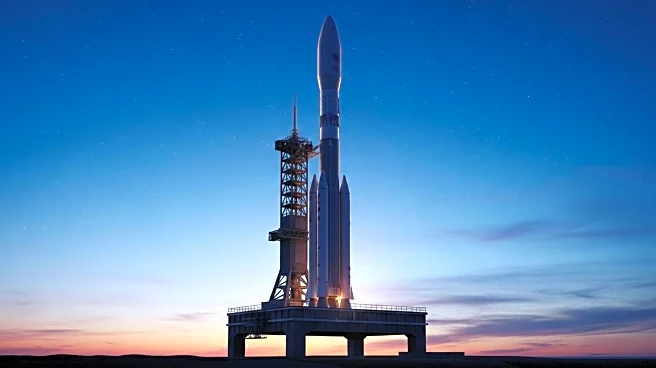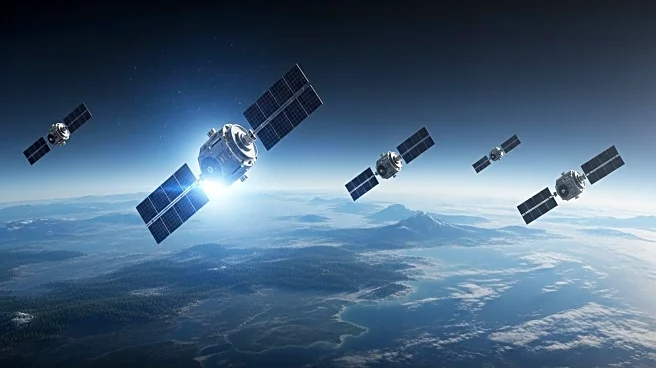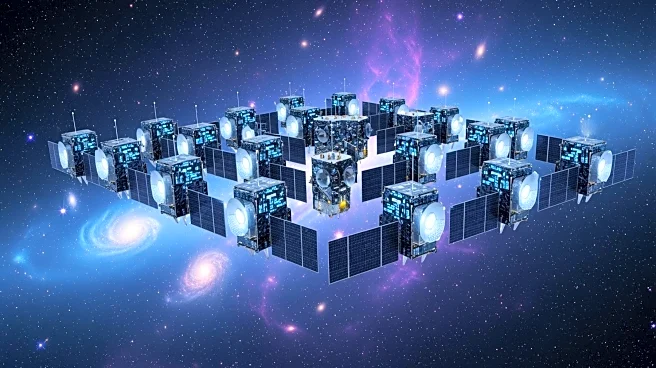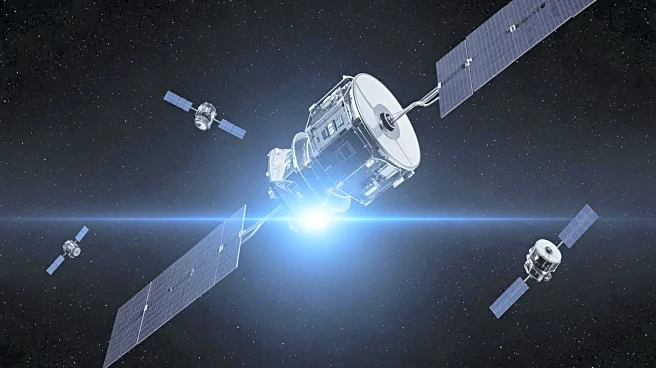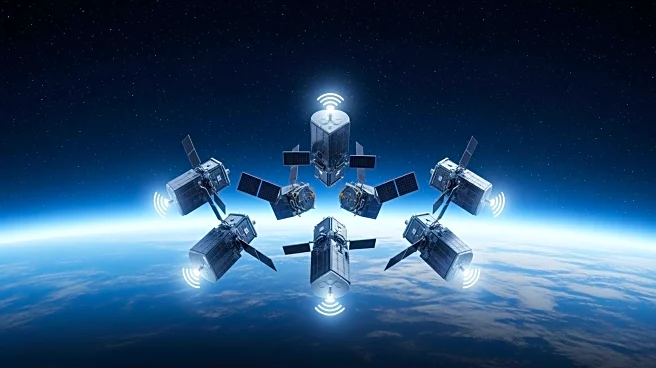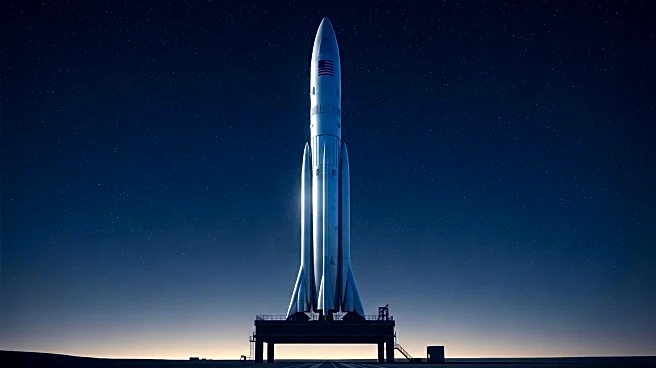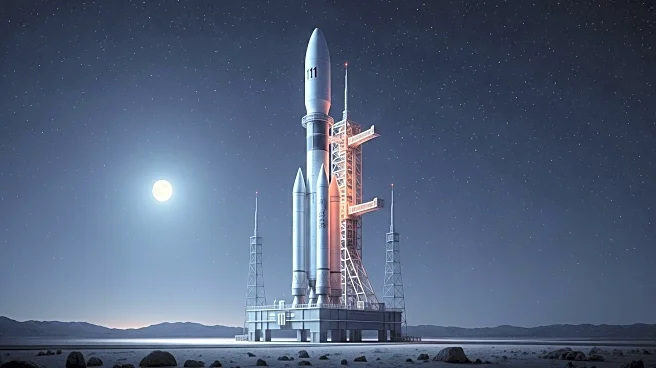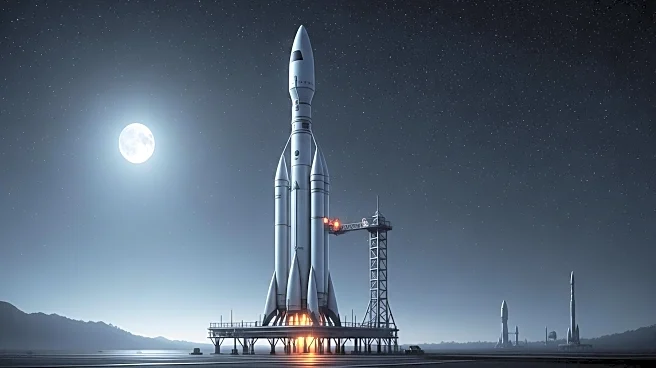What's Happening?
SpaceX has announced the V3 phase of its Starlink program, introducing larger and more powerful satellites capable of providing gigabit internet speeds. These new satellites are designed to offer 60 Terabits per second of downlink capacity, significantly
enhancing the network's capabilities compared to previous versions. The V3 satellites are expected to improve internet connectivity for users, although the exact launch date remains unspecified. The initiative aims to address the challenge of providing internet access in remote areas, despite ongoing issues such as nighttime sky pollution.
Why It's Important?
The introduction of V3 Starlink satellites marks a significant advancement in satellite internet technology, potentially transforming connectivity in underserved regions. By offering gigabit speeds, SpaceX's Starlink could bridge the digital divide, providing high-speed internet access to areas lacking traditional infrastructure. This development is crucial for remote communities, businesses, and emergency services that rely on reliable internet connectivity. However, the increased capacity may lead to higher subscription costs, impacting affordability for consumers.
What's Next?
SpaceX is expected to continue refining the V3 satellite technology and address logistical challenges related to their launch. As the company works on deploying these satellites, stakeholders such as rural communities and internet service providers will be closely monitoring the impact on internet accessibility and pricing. The success of this initiative could influence future satellite internet projects and drive competition in the industry.
Beyond the Headlines
The deployment of V3 satellites could have broader implications for global internet infrastructure, potentially setting new standards for satellite-based connectivity. Ethical considerations regarding sky pollution and environmental impact may arise, prompting discussions on sustainable practices in satellite technology.



